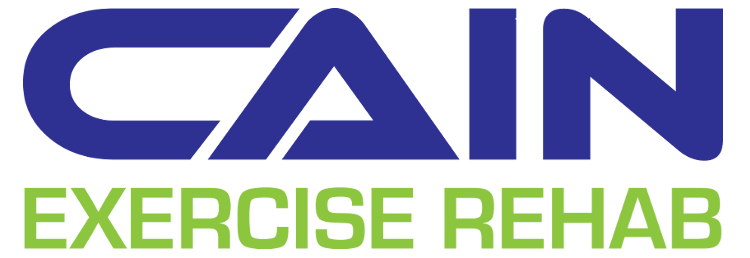That being said, how can we expect to be creating actual mechanical changes to our own muscular tissue using only a foam roller or our hands? Look at this picture of a cadaver and see how tightly-packed all of that "soft" tissue is! It's not thin and compartmentalized like anatomy textbooks make it look. It's a giant mass of hard, stiff, muscle. Ain't no cylindrical piece of foam changing the structural makeup of that.
The nervous system.
 |
| The brain: The strongest muscle. |
Even when it comes to scar tissue built up in a muscle, the treatments that any therapist does is simply promoting the healthy tissue to mobilize better around the scarring. (Long-term changes from exercises-induced bloodflow and tissue stress might have a different effect, however.)
For this reason, I don't subscribe to the belief that massage has to be excruciatingly painful to be effective. In fact, I see it as counterproductive if you're triggering enough pain to create a new spasm response. Also, this is the benefit of exercise rehab in conjuncture with treatments such as massage, mobilizations, or muscle stim. Once we remove the (allegedly) dysfunctional situation of a muscle when it's hypertonic, in spasm, or in too much pain from an oversensitive nervous system, we can then go in to retrain the body's mechanics to work around the physical structures that exist in an optimally-functional manner.
End of the story, the treatments you receive at the clinic, whether it's massage, stim, mobilizations, or contract-relax stretching, are still incredibly useful; just not for the reasons that you thought. The peripheral nervous system reigns with much more power than we're often inclined to think, and I think that by switching gears to focus on the effects of that system as opposed to having tunnel-vision on the muscles and ligaments themselves that we'll be able to advance our abilities in the healthcare and fitness fields.
Bonus Trivia!
We're talking about the nervous system, so take a look at this Michaelangelo comparison and mull it over.
Subscribe to the Weekly Updates
Do you like the content that you're reading? Sign up to receive the weekly blog update from Cain Exercise Rehab directly to your email!




No comments:
Post a Comment